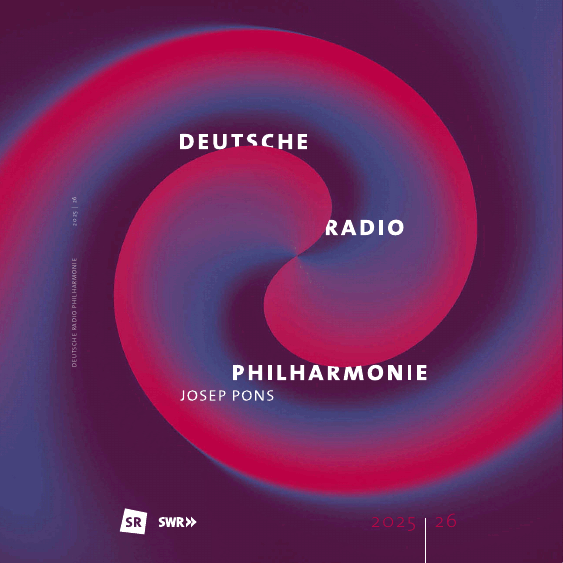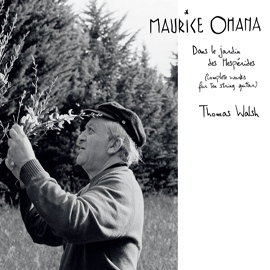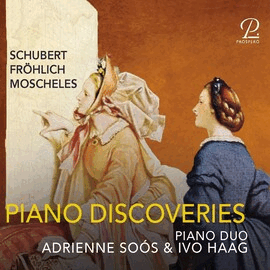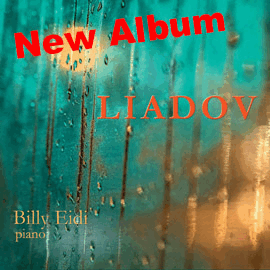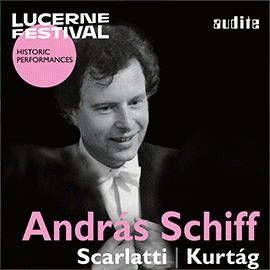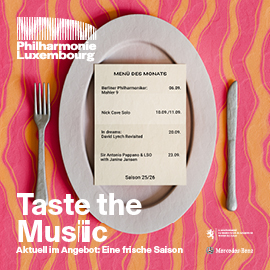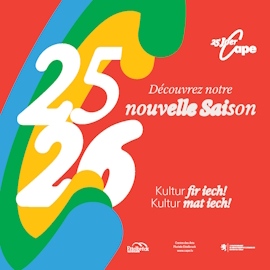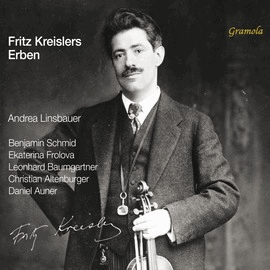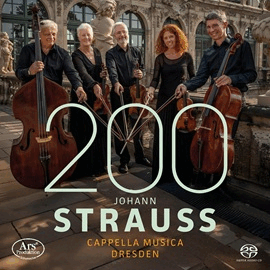Den bequemen Weg geht Sueye Park mit ihrer jüngsten Einspielung nicht. Die Solosonate von Bartok oder die beiden einzelnen Sätze von Enescu und Ysaÿe mag man als bekannte Werke hören. Doch die Sonaten von Paul Ben-Haim und Bernd Alois Zimmermann sind doch eher Spezialitäten.
In den ausgewählten Werken finden sich zumeist Verbindungen moderner Musikstile mit den Stilen der kulturellen Herkunft der Interpreten, die sie in ihrer Jugend vor der Zeit im Exil aufgenommen haben. Damit bietet jedes der Stücke einen sehr persönlichen Stil an, der aus der Gemengelage herrührt.
Sueye Park gelingt es in zumeist eher etwas langsamerer Ausgestaltung, diese konzentrierten Kompositionen mit interpretatorischem Leben zu füllen. Dank ihrer in Europa und den USA genossenen Ausbildung hat sie eine gestalterische Reife erreicht, mit der sie rein technische Aspekte als Fundament mitbringt, auf dem sie ihre gestalterischen Ideen formt.
In der Sonate von Zimmermann stellt sie die Anknüpfung an Bach mit der vom Komponisten ebenso genutzten Zwölftonmusik und dem Serialismus in Bezug und formt daraus eine intensive Darstellung. Die Anknüpfung an Bach auch bei Bartók ist sogar noch stärker im Sinne eines kulturellen Rückblicks. Park fokussiert im Kopfsatz auf die akkordische Struktur, entwickelt den parlando-Charakter des zweiten Satzes elegisch gefärbt und lässt im Finale die folkloristischen Elemente heraustreten.
Ben-Haim, in seiner Ausbildung noch mit spätromantischer Tradition geprägt, entwickelte mit seiner Auswanderung nach Palästina seinen sogenannten Mittelmeerstil, der jemenitisch-, persisch-, sephardisch- und türkisch-jüdische Spuren hinterließ. Park zeigt diese Musik als dichte Erzählung. Auch den beiden Beiträgen von Enescu und Ysaÿe gibt sie prägnante Form.
Auf ihrem aktuellen Themenalbum bietet Sueye Park wieder eine Sammlung spannungsreich ausgearbeiteter Werke an, die sie überzeugend darbietet. Zusammen mit den Ausführungen im Text und der bestens gelungenen technischen Realisierung liegt erneut ein hörenswertes Album vor.
Sueye Park does not take the easy route with her latest recording. The solo sonata by Bartók or the two individual movements by Enescu and Ysaÿe may be heard as well-known works. But the sonatas by Paul Ben-Haim and Bernd Alois Zimmermann are rather specialties.
The selected works mostly combine modern musical styles with the styles of the performers’ cultural origins, which they absorbed in their youth before their time in exile. Each of the pieces thus offers a very personal style that stems from the mixture of styles.
Sueye Park succeeds in filling these concentrated compositions with interpretative life, usually at a somewhat slower pace. Thanks to her training in Europe and the USA, she has reached a level of artistic maturity that gives her a purely technical foundation on which to form her creative ideas.
In Zimmermann’s sonata, she relates the connection to Bach to the twelve-tone music and serialism also used by the composer and forms an intensive performance from this. The connection to Bach in Bartók is even stronger in the sense of a cultural retrospective. Park focuses on the chordal structure in the first movement, develops the parlando character of the second movement in an elegiac manner and allows the folkloristic elements to emerge in the finale.
Ben-Haim, whose training was still influenced by the late Romantic tradition, developed his so-called Mediterranean style when he emigrated to Palestine, leaving behind Yemenite, Persian, Sephardic and Turkish-Jewish traces. Park presents this music as a dense narrative. She also gives concise form to the two contributions by Enescu and Ysaye.
On her latest themed album, Sueye Park once again offers a collection of excitingly crafted works that she performs convincingly. Together with the explanations in the lyrics and the excellent technical realization, this is another album worth listening to.



